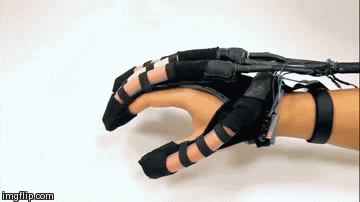Soft robotic systems are the result of carefully programming flexible objects with geometry that will allow for complex motions and mechanics without the need for motorized parts. Harvard has created the Soft Robotics Toolkit to aid researchers all over the world in developing and simplifying the process of soft robotics creation.


The Soft Robotics Toolkit is the result of Harvard’s attempt to create comprehensive instructional kits for hands on design projects that remained easy to understand and use. It started with a total of three soft robotic projects but has steadily grown and evolved rapidly. One of the newer projects calls for 3D printing molds to create Fiber-Reinforced Actuators that are made of soft, inflatable bladders surrounded by a firm structure that will allow for specific types of movements. These types of soft robots are ideal for medical tools and assistance devices.
Now that 3D printing is so common, you can easily produce 3D molds that will create these soft robotic parts when printed. The toolkit contains all the information that you need to create these actuators and the electronics and mechanical parts that drive them. Here is a video overview of the Soft Robotics Toolkit:
While there are certainly more advanced and precise robots and assistance devices, they are extremely expensive. Medical devices like a soft robotic gripping device could be created independently, without costing thousands of dollars.
This is ideal for developing nations where more expensive types of assistance devices are a luxury that few could afford. But just as we’re seeing prosthetic arms and legs being 3D printed in these areas, it is possible to engineer soft robotic parts and work them into the design of these prosthetics. This would essentially be creating inexpensive cybernetic limbs.
Here is a quick video of a soft robotic cybernetic hand in action:
The toolkit is completely free, and has extremely comprehensive sections devoted to the design, fabrication, modelling and testing of soft robotics. They’ve even been written specifically to be easy for non-scientists to understand, so the toolkit is very maker friendly. You can find Harvard’s Soft Robotic Toolkit here, and once you’ve found the types of soft robotic parts that you want to create you can read through the Case Studies section for further inspiration.


